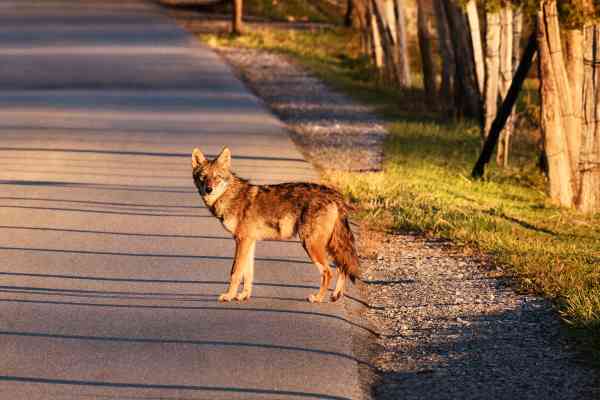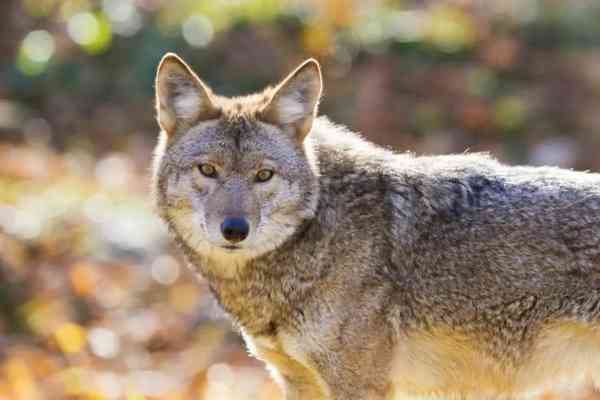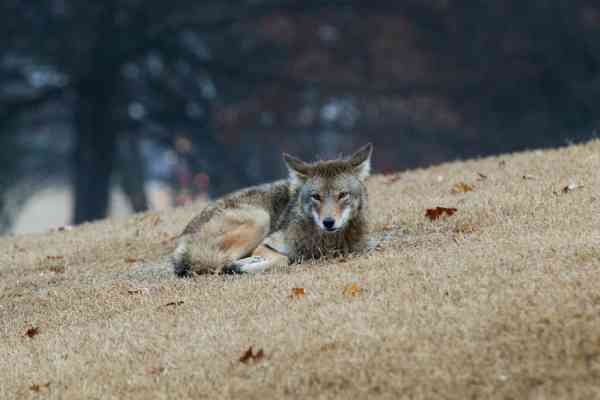Atlanta, Georgia, is no stranger to wildlife encounters, but the coyote sightings that have been increasingly appearing in urban settings are certainly something new. In recent years, these wily canines have been spotted roaming neighbourhoods, wooded areas and even busy city streets. While they may present a surprise to some, these predators have long been part of the local ecosystem and are now making their presence known in more densely populated regions.

Table of Contents
Habitat
Coyotes in Atlanta inhabit many open habitats, from dense forests to urban greenspaces to prairies or wetlands. One of the most popular places for them to bend is the expansive Beltline and Piedmont Park. Coyotes in these areas have become somewhat accustomed to people and may be seen more frequently during the early morning or late evening hours as they travel between different shelters. Other potential homes for coyotes in Atlanta can include green spaces, wetlands, wooded ravines and creeks.
Diet
Coyotes generally consume a very varied diet. They feed on small mammals such as mice and voles, but also enjoy eating fruits like berries and apples, insects, reptiles and ground-dwelling birds. Plant matter such as grass or even corn may also be taken advantage of when the opportunity arises. Deer carrion can be an important food source for these opportunistic animals. The diet of coyotes largely depends on the season and availability of different food sources. As they are nocturnal animals, coyotes are known to scavenge pastures at night as well as hunt during both day and night depending on their needs in order to survive.

Colour
Coyotes have a unique colouring, making them an interesting species to observe in Atlanta. While some coyotes can be seen sporting reddish-brown fur, others range from grey to yellow. The colouration of their coat often varies depending on the season and the local climate, with males tending to appear darker during winter months when they grow thicker fur coats.
Size, Lifespan and Weight
The average size of these creatures is between four and six feet long, depending on their age and gender. These animals live anywhere from ten to thirteen years but some can reach nearly fourteen years in age. The average weight of an adult coyote is only 30 pounds but this varies again depending on the sex of the animal and which specific breed it belongs to.
Predators
Coyotes are an important addition to Atlanta’s ecosystem, but they are certainly not without their predators. As top-tier predators, Coyotes often have to contend with wolves, a rare sight in Atlanta, as well as cougars and bobcats. In the neighbourhoods of Atlanta though, they seem to be more displaced by their more common enemies such as larger dogs, foxes, and hawks. The most dangerous enemy for them in the area is Humans. With human interference in natural habitats and interaction through hunting being more prevalent than ever before.

Reproduction
They reproduce once a year, between January and March. Males typically remain with their family group for the first year, and often even longer, while females will rarely leave once they hit maturity. The average litter size of coyotes is four to six pups, which are born blind, deaf and without fur for about three weeks. During this time period, coyotes rely on vocalizations such as yelping or barking to communicate and ward off predators. By six months old, the pups will begin learning hunting skills from their parents.
References:
https://georgiawildlife.com/sites/default/files/wrd/pdf/fact-sheets/2017_coyote.pdf
https://atlantacoyoteproject.org/coyote-size-appearance/
https://www.crittercontrol.com/wildlife/coyote/coyote-in-house
https://www.coyotesmarts.org/what-to-do/

Rahul M Suresh
Visiting the Zoo can be an exciting and educational experience for all involved. As a guide, I have the privilege of helping students and visitors alike to appreciate these animals in their natural habitat as well as introducing them to the various aspects of zoo life. I provide detailed information about the individual animals and their habitats, giving visitors an opportunity to understand each one more fully and appreciate them in a more intimate way.









